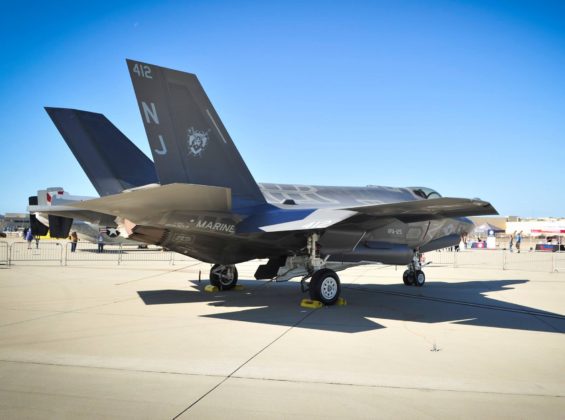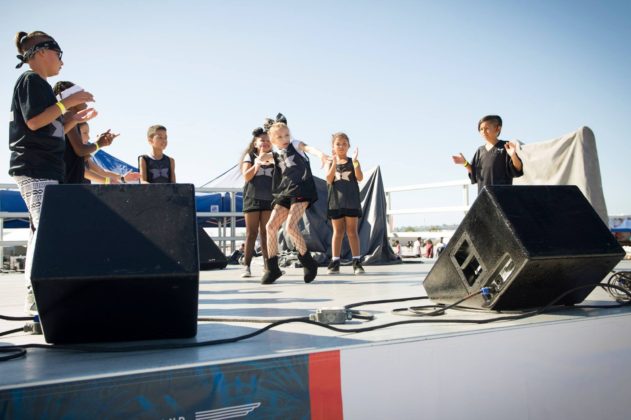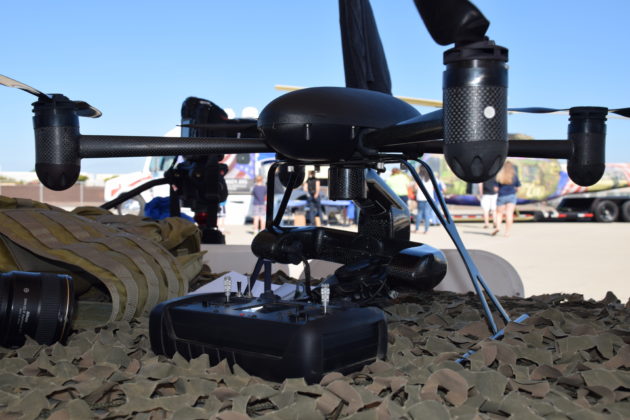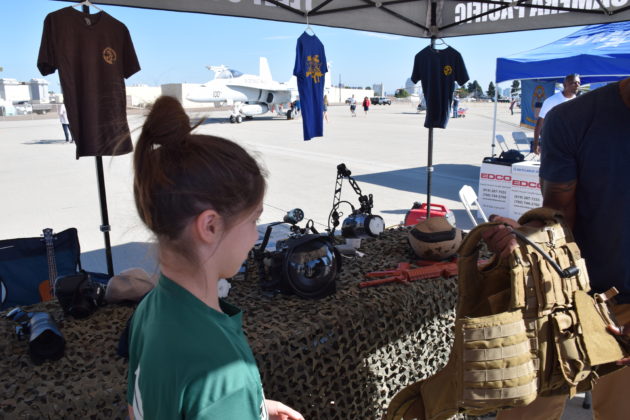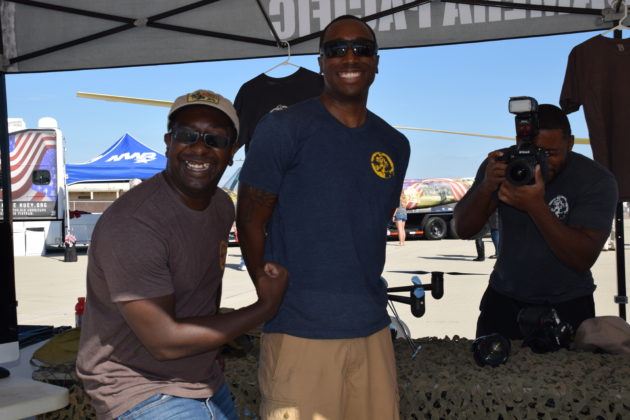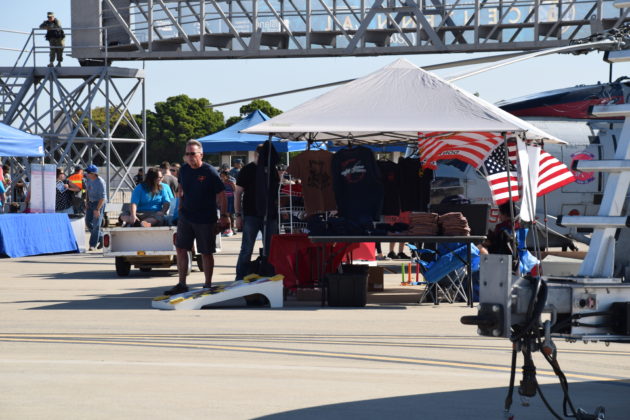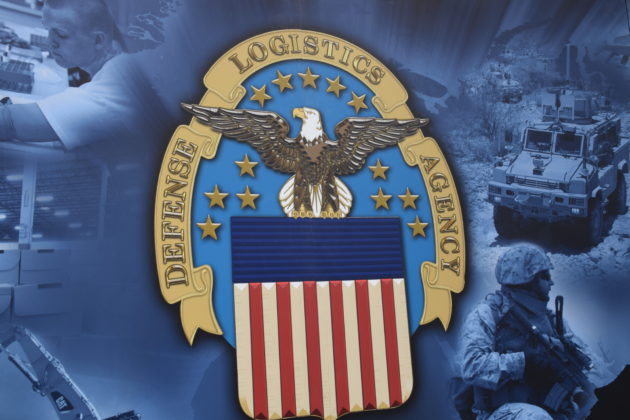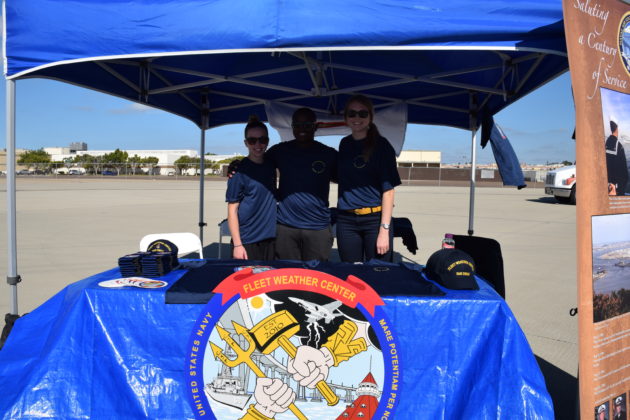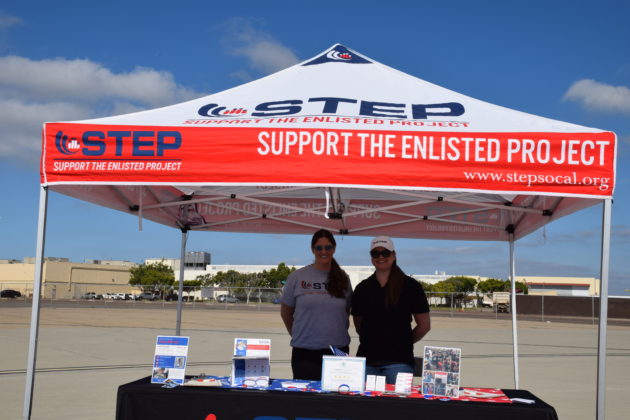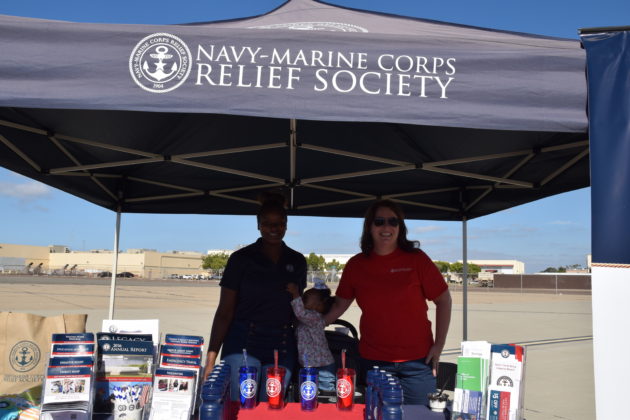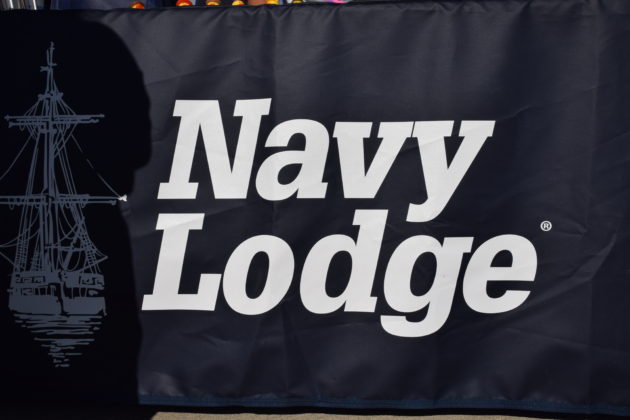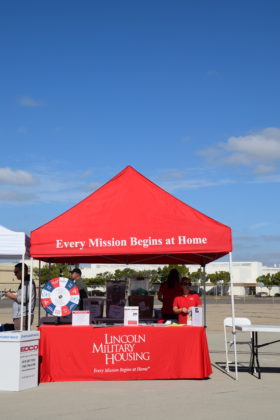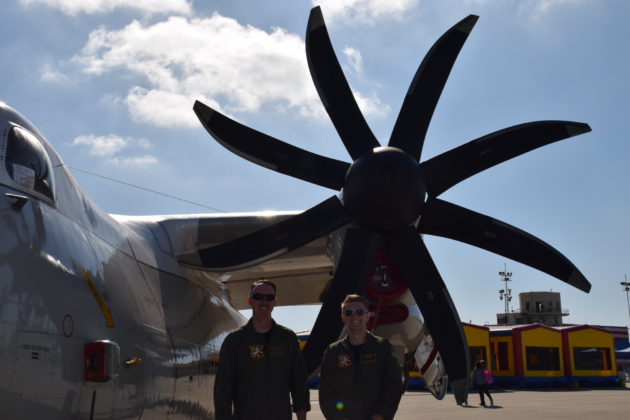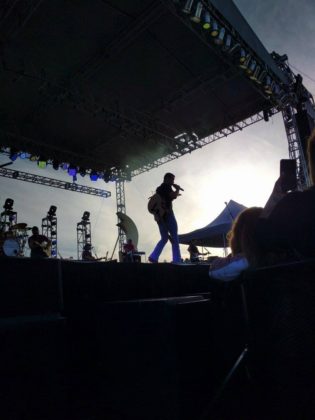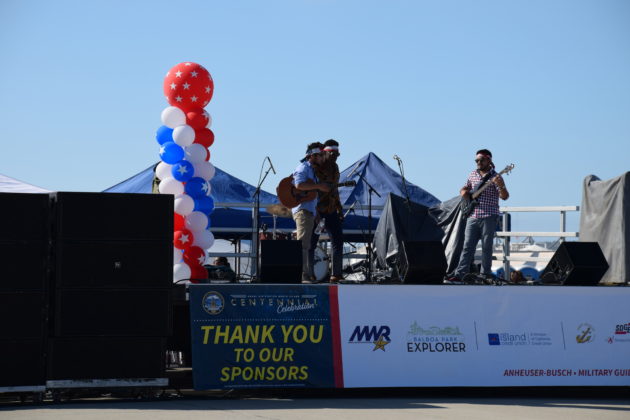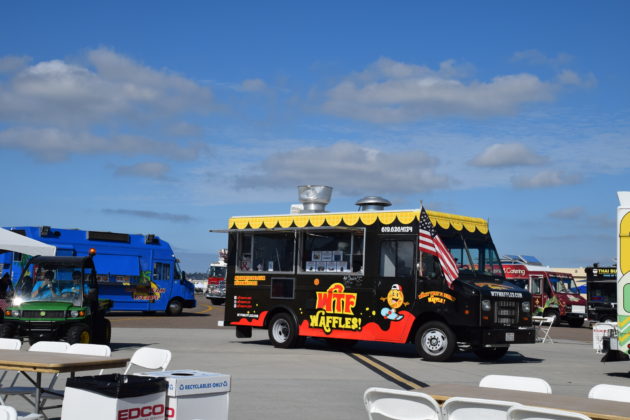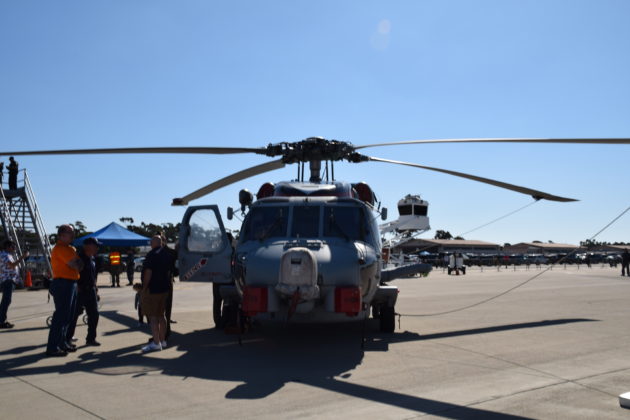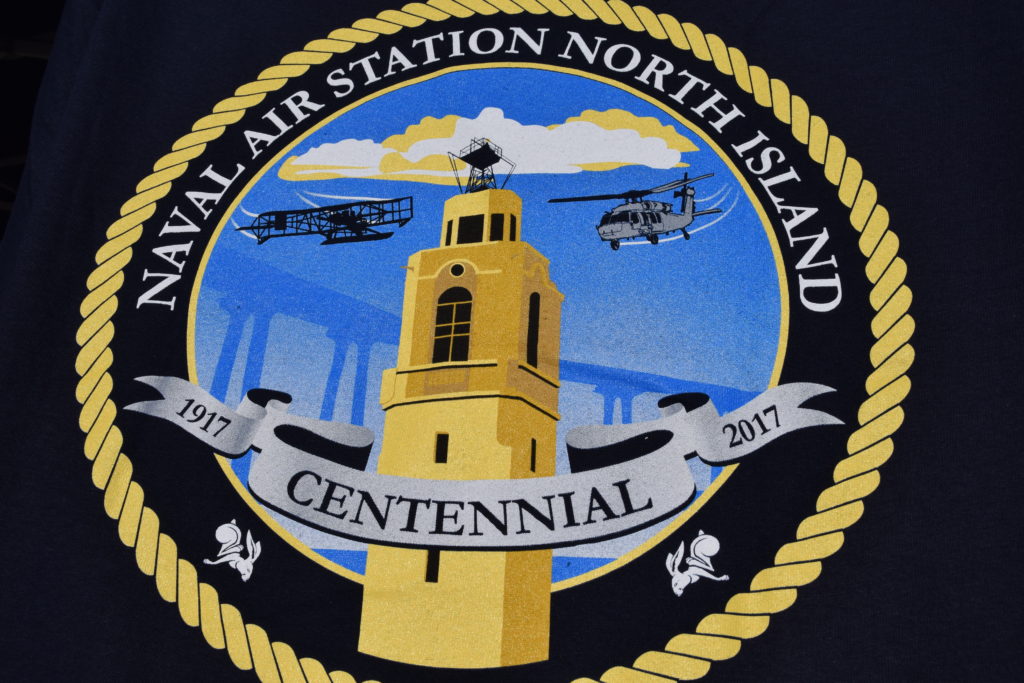
On November 11, 2017, Naval Air Station North Island (NASNI) celebrated 100 Years of Naval Aviation. NASNI has been coined the Birthplace of Naval Aviation, specifically, “on August 15, 1963, the station was granted official recognition as the ‘Birthplace of Naval Aviation’ by resolution of the House Armed Services Committee.” (Wikipedia) How did it get that name? In 1910, Coronado was still separated by the Spanish Bight, creating a desolate North Island and a developing South Island that included the Hotel del Coronado. The US Army was the first to claim the open north area for aviation training purposes. A few years later the Navy then made North Island an operating airfield.
“Although the base wasn’t commissioned as a naval base until 1917, training began in 1911, with Theodore Ellyson being the first Naval Aviator.” (Naval Base Coronado facebook page) We all know the story of the Wright Brothers and their miracle of flight in 1903. It was only seven years after that first successful flight that aviators were put in place here in Coronado. “In January 1911, Lt. Theodore Ellyson began flight instruction at the Curtiss Aviation School on North Island. Ellyson became Naval Aviator No. 1.” (Coronado, The Enchanted Isle, Carlin/Brandes). Glenn Curtiss had built the first hydroplane, as well the first landplane to take off from a ship. Curtiss, while trying to get the war department to purchase his aircraft, offered free flying lessons to future pilots if they bought the planes, and he used North Island as the location for his flight school. These trailblazers paved the path for all of future aviation. It is with great tenacity, unwavering courage, and service to our country that these brave men took flight, tested science, wrote the flight manuals for every aircraft, so that future aviators could fly an aircraft and know what to do in time of an emergency. Since the inception of aviation in our Armed Forces there have been many discoveries; seaplanes to props, to jet engines, to helicopters. Some of those personnel then went from flying in our atmosphere to flying in NASA projects and airplanes. All stemming from a small town in North Carolina, a small town in Southern California, and the ingenuity of brilliant minds.
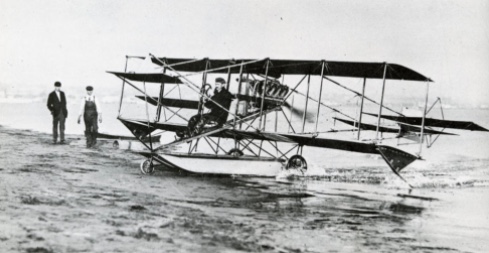
Between the years 1912 through 1928, flights and aircraft were evolving, from seaplanes to aircraft that could do acrobatics. Not only were the aircraft changing, aviation as a whole was changing. With the onset of war, NASNI served as one of the largest US continental bases serving the pacific fleet. Over the years there have been many aviation “firsts” right here at NASNI. Glenn Martin, who back then was an unknown aircraft builder, built the first pusher aircraft and demonstrated its capabilities here in San Diego. This flight even included the first parachute jump in San Diego, performed by a 90 lb. woman named Tiny Broadwick.
During the November 11 Centennial celebration, NASNI held a family friendly event to celebrate 100 years of aviation.
There were food trucks, bounce houses, gravity defying jumps, zip lines, and many military related booths with the organizations that support our military families. It was so nice to see many of our local commands there. VRC-30, the “Providers,” had a C-2 static, HSM-35 “Magicians” displayed their H-60, painted beautifully! There was also an F-18 painted to commemorate the centennial celebration. We got our weather report from the Fleet Weather Center, San Diego, it was sunny with a nice breeze. One of the commands represented had a hands-on experience for kids: Fleet Combat Camera Pacific had on display the equipment they use to shoot pictures underwater and on land, and even drones to film in the air. A fair amount of what these Mass Communication Specialists (MCs) shoot is footage that you see on major broadcast and reporting agencies. They allowed my daughter to try on some of the gear they wear when they go out. MCs are dive qualified, shooting qualified, as well as qualified and current on their specific equipment. The Defense Logistics Agency (DLA) was represented. I was so impressed with the diverse capabilities this department has. Over 25,000 civilian and military employees, supporting thousands of weapon systems, and nine supply chains that would put Amazon to shame. Operating nationally and internationally, it disperses, moves and acquires items that our armed forces need to fulfill their missions. They are also the logistic support for other federal agencies, and humanitarian relief efforts.
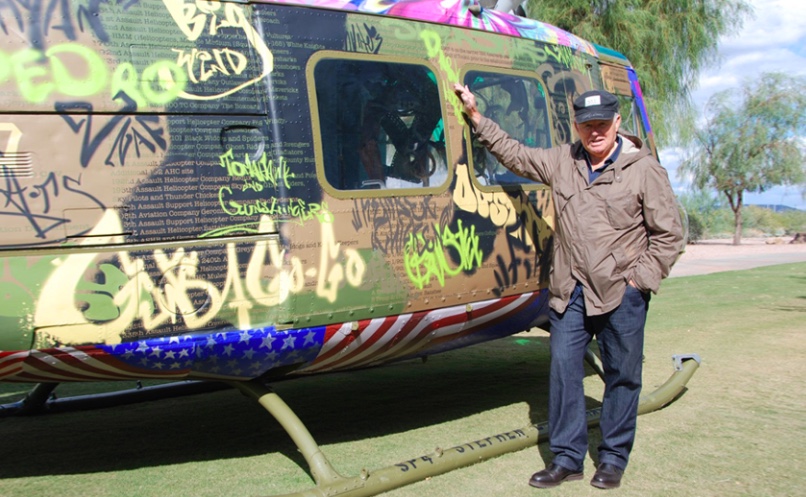
Another highlight was the Take Me Home Huey helicopter on display. The Take Me Home Huey documentary was recently shown at the Coronado Island Film Festival as well as on Naval Base Coronado. Steve Maloney’s mixed media sculpture is of an H-1 Huey, used in Vietnam for transporting soldiers to and from the front lines, and used as medical evacuation transport. For many Veterans coming back from the war, readjusting to our somewhat unaccepting society was difficult. This Huey not only represents the physical transport from one place to another, but it represents the journey that our military men and women face as they transform back into who they once were, mentally. Steve Maloney has been working with Light Horse Legacy, a nonprofit that encourages individuals to get the treatment they need and deserve. The artist took an old UH-1, rescued it from the bone yard and made it into the beautiful piece of art that it is today.
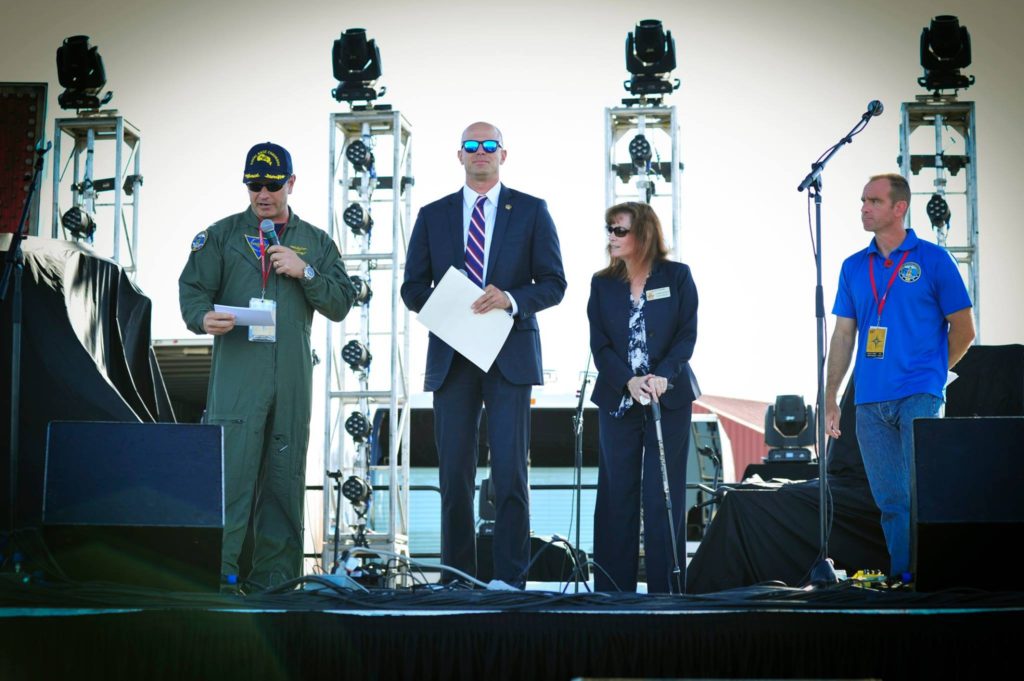
Midway through the day, official ceremonies were conducted for the celebration. Mayor Richard Bailey, Councilmember Carrie Downey, and the Commanding Officer of Naval Base Coronado, Captain Mulvehill, made opening comments and took time to reflect on Coronado and its place in Naval Aviation history. The night ended with a free concert by Easton Corbin, a singer/song-writer out of Trenton, Florida. He graciously took the time to have a meet and greet with his fans. Last year he toured the country with Carrie Underwood, in her “A Taste of Country” tour, partnering with Eckrich and Operation Homefront to honor military families.
Living in Coronado we are reminded daily that our military is on the clock non-stop. We are thankful for their service, commitment, and sacrifice. This past one hundred years has seen amazing changes, and has created wonderful traditions that have stood the test of time. As with all communities in the military, aviation is a “brotherhood” and one I am proud to be a part of.





